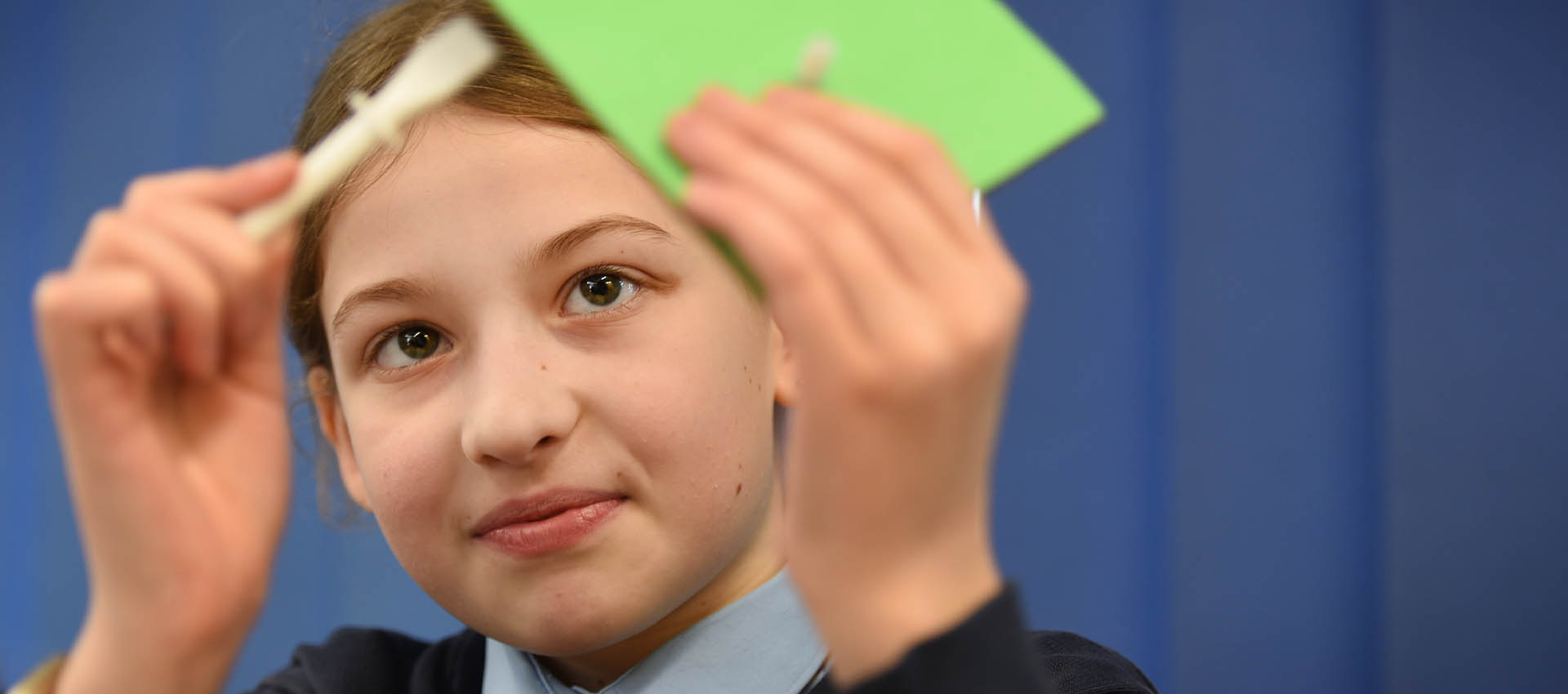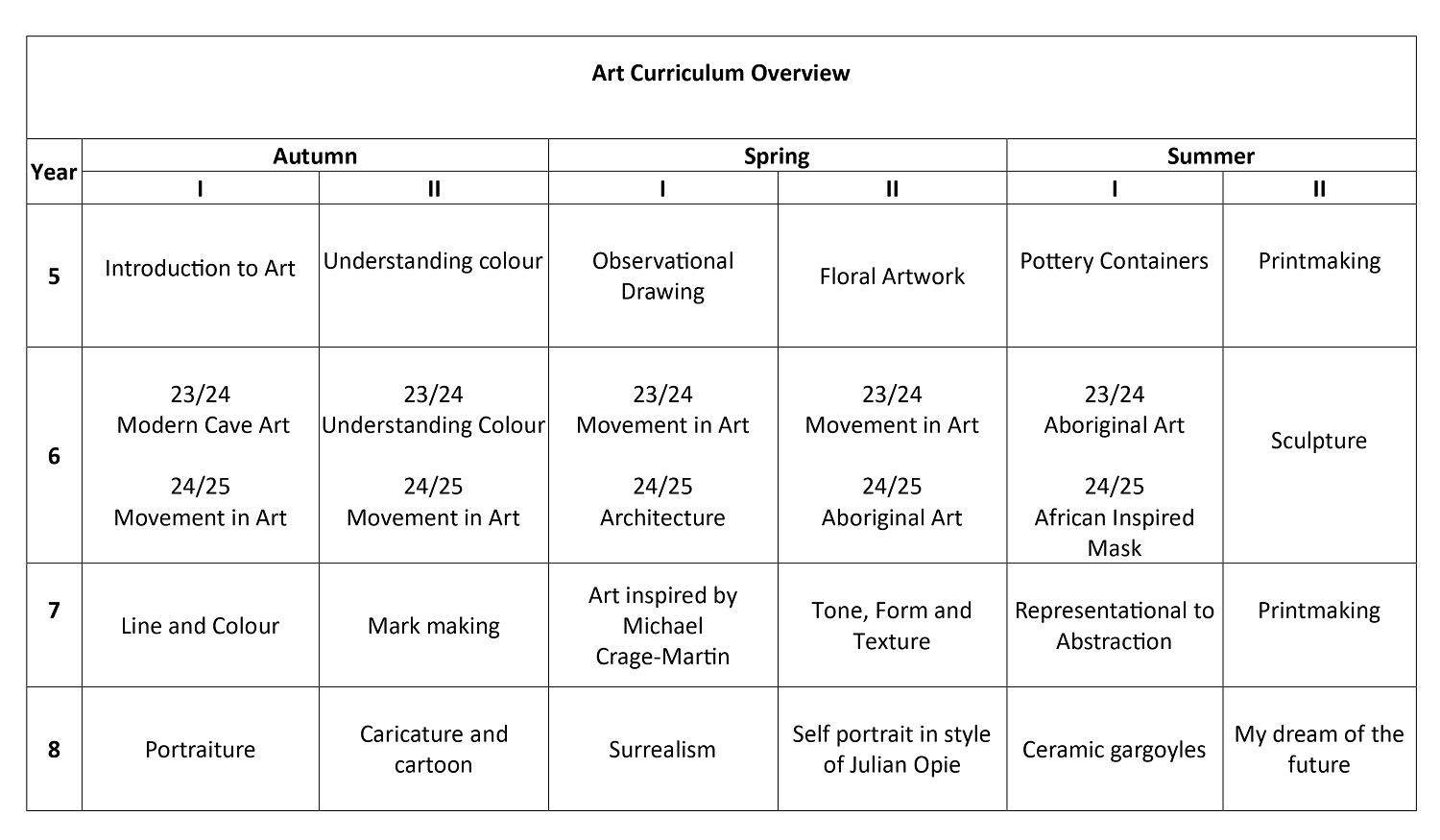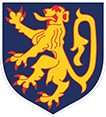Art
At Ralph Sadleir, we believe learning Art is important because:
Creativity Development: Art fosters creativity and imagination, allowing students to explore and express themselves in unique ways. Encouraging creativity nurtures a lifelong appreciation for the arts and supports innovative thinking in various aspects of life.
Emotional Expression: Art provides a medium for students to express their emotions, thoughts, and experiences. Through visual arts, they can communicate feelings that may be challenging to express verbally, promoting emotional intelligence and well-being.
Fine Motor Skills: Engaging in art activities such as drawing, painting, and sculpting helps develop fine motor skills and hand-eye coordination.
Problem-Solving Skills: Art projects often require experimentation and problem-solving. Students learn to make creative decisions, overcome challenges, and adapt their ideas to achieve their artistic goals, enhancing their problem-solving abilities.
Cultural Appreciation: Our art curriculum exposes students to diverse cultures, traditions, and perspectives through the study of art history and exploration of different artistic styles. It promotes cultural awareness, empathy, and understanding of the world around them.
Self-Confidence: Creating art boosts self-esteem and confidence as students take pride in their creations and accomplishments.
Critical Thinking Skills: Analyzing and interpreting artworks develop critical thinking skills. Students learn to observe, evaluate, and critique artworks, fostering analytical thinking and aesthetic judgment.
Stress Relief and Relaxation: Engaging in art activities can be therapeutic, providing a means of relaxation and stress relief for students. Art offers a non-verbal outlet for processing emotions and reducing anxiety, promoting mental health and well-being.
YEAR GROUP DETAILED PLANS BEING FINALISED



